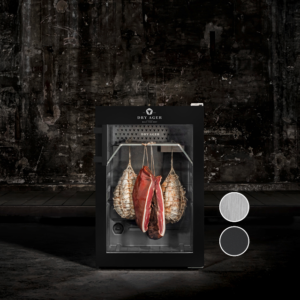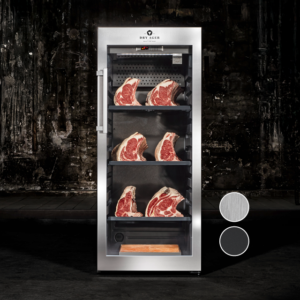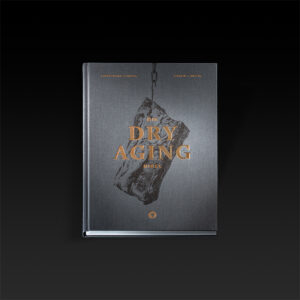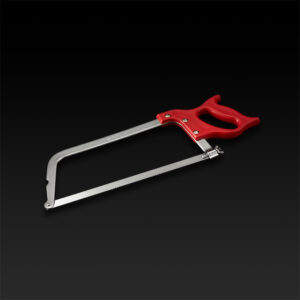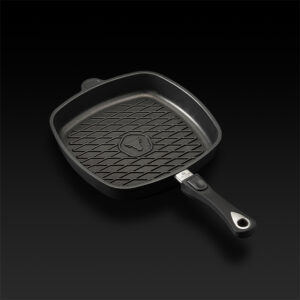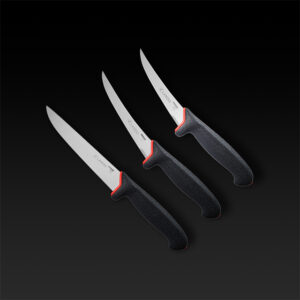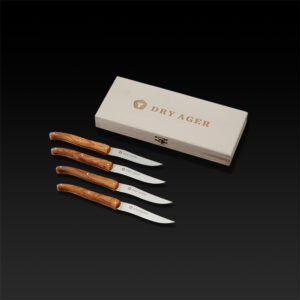The happiest cattle in the world

Probably the happiest cattle in the world
The Japanese Wagyu or Kobe steaks are considered absolute gourmet pieces. This is reflected in the high prices of up to 100 euros per kilo. Countless myths surround to the rearing of the happiest cattle in the world. From massages for dear cattle to feed secret ingredient Sake (rice wine liquor) is the speech.
Wagyu oder Kobe?
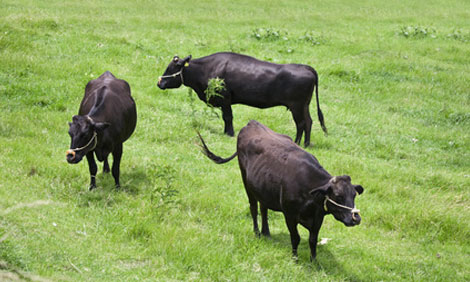 Some swear by Wagyu steaks, others on Kobe – but what makes the difference? Wagyu translates simply into “Japanese beef”. It is a collective term for an old bovine race, the Tajima. The race was subjected to a few intersections. A total of three types have arisen, of which the Black Wagyu beef is most prevalent. The term refers exclusively Kobe Wagyu cattle that come from the rearing of Japanese Kobe region. Kobe therefore does not represent a separate breed. It is a quality protective term, such as the Nürnberger Lebkuchen or champagne from the Champagne region.
Some swear by Wagyu steaks, others on Kobe – but what makes the difference? Wagyu translates simply into “Japanese beef”. It is a collective term for an old bovine race, the Tajima. The race was subjected to a few intersections. A total of three types have arisen, of which the Black Wagyu beef is most prevalent. The term refers exclusively Kobe Wagyu cattle that come from the rearing of Japanese Kobe region. Kobe therefore does not represent a separate breed. It is a quality protective term, such as the Nürnberger Lebkuchen or champagne from the Champagne region.
What makes the Wagyu steak so special?
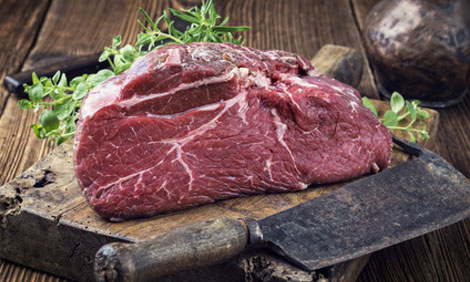 Until the 19th century Tajima cattle were used in Japan as workhorses. The consumption of animals was taboo in the Buddhist society. Whether the specificity of Wagyu meat related to this incident, is not known. However, it was an extraordinary property. The fat is not distributed selectively, but permeates the muscle meat evenly. The fine marbling makes the meat tender and brings a particularly advantageous ratio of unsaturated and saturated fatty acids. Careful stabling and hormone-free rearing also ensure the best quality features. Despite the rumors also the Kobe beef does not have a personal masseur. The myth of the luxury bovine life is true only in some show-stables, which are designed especially for tourists. In Germany there are now Wagyu herds. The animals mostly come from North American offspring, because the Japanese breeding only opened in 2014 for the exchange with Europe.
Until the 19th century Tajima cattle were used in Japan as workhorses. The consumption of animals was taboo in the Buddhist society. Whether the specificity of Wagyu meat related to this incident, is not known. However, it was an extraordinary property. The fat is not distributed selectively, but permeates the muscle meat evenly. The fine marbling makes the meat tender and brings a particularly advantageous ratio of unsaturated and saturated fatty acids. Careful stabling and hormone-free rearing also ensure the best quality features. Despite the rumors also the Kobe beef does not have a personal masseur. The myth of the luxury bovine life is true only in some show-stables, which are designed especially for tourists. In Germany there are now Wagyu herds. The animals mostly come from North American offspring, because the Japanese breeding only opened in 2014 for the exchange with Europe.
Exquisite meat breeds from A-Z
Other parts of the world provide a home for happy cows. As always, it comes for good quality at a good attitude. In an international comparison, the historical breeds are most popular, which are used primarily in the sustainable use of meat. In Germany, among others, the Pinzgauer beef was rediscovered, whose flesh stands out by a pronounced grain.
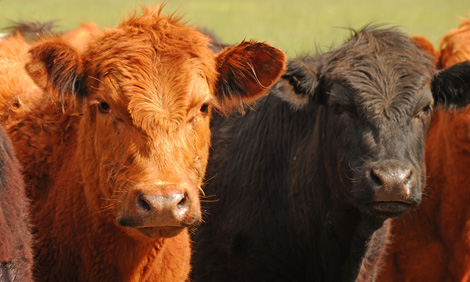
Angus: The cult beef
As a Black Angus or Red Angus the black and red Angus cattle are declared in the steakhouse. The coat color is not very critical for the taste. Angus cattle are kept in different ways around the world. In the US, there are corn-fed animals, in Ireland they eat green grass fed. Therefore, the true steak connoisseur does not ask about the color of the animal, but by origin.
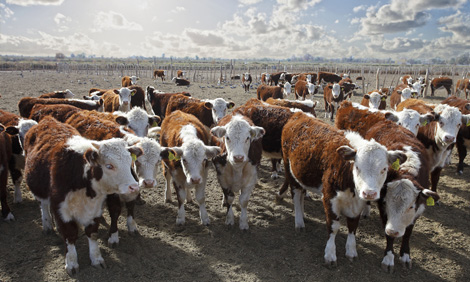
Argentine beef: A classic:
Argentine beef referred to the regional origin. In the vast pastures of the South American pampas different breeds are bred, as Angus or Hereford cattle. The benefits are to them but common. Result of the expiration of the free range and varied diet, the meat is firm and has a fine marbling.
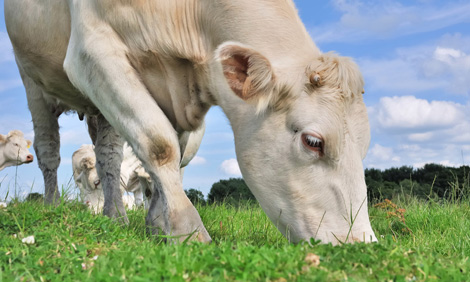
Charolais and Limousin: Tender venison from France
Most cream-colored Charolais cattle and the light brown to reddish Limousin are used exclusively for meat production. Again, the attitude plays an important role for the quality. The meat of the Charolais is popular because of its delicate pink coloring and subtle marbling. Limousin cattle are known to be particularly robust and fast growing.
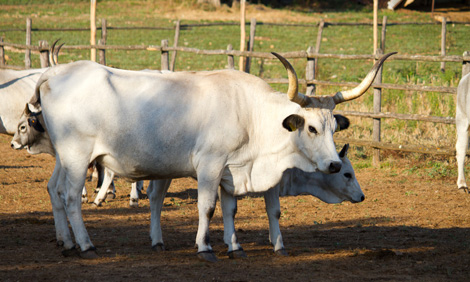
Chianina: An ancient race
The Italian Chianina is one of the oldest breeds in the world. With its powerful stature they were already used in ancient Rome as draft animals. Today the striking bright, almost white cattle are bred mainly in Tuscany. From the meat of Chianina the Florentine steak (Bistecca Fiorentina) is traditionally cut, which brings up to 800 grams on the scales.
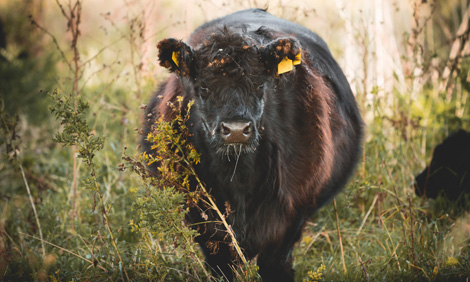
Galloway: Robust all-rounder
The Galloway cattle are also among the ancient races. They are found mainly in Scotland and Ireland. In addition to meat and dairy use, the year-round free-running Galloway is also used for landscaping. The robust cattle eat even thistles and other weeds.
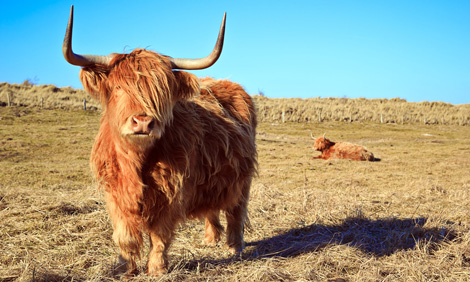
Highland Cattle: Rustic Contemporary
The Scottish Highland Cattle (Highland Cattle) is immediately apparent. His shaggy hair, the long horns and the small size give him a primordial appearance. The look fits perfectly with their lifestyle. All year round they are well protected by their fur. They are frugal and effective feed recyclers. Their meat is lean and aromatic.
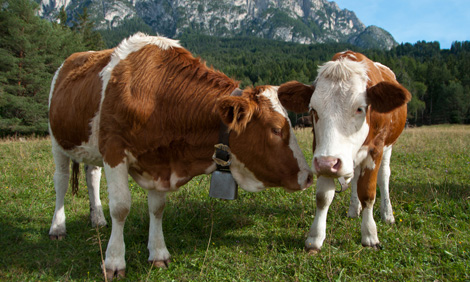
Simmental: The Swiss mountain beef
The Simmental beef originated in the Bernese Oberland in Switzerland. It is known for its nutty, highly aromatic meat note. Meanwhile, it has settled outside Switzerland. Especially in Austria, France and Germany, the brown-spotted breed is bred for meat consumption.
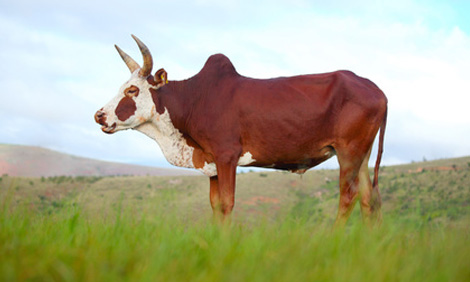
Zebu and Co.: The exotics
The humpbacked zebu from India or the Brazilian Canchim deliver excellent meat quality for tropical farming areas. In Hungary the lowland steppe cattle pastures with impressive horns. The Polish bison convinced with strong gamey flavor and Beefalo from the US combines the advantages of domestic cattle and wild bison.
